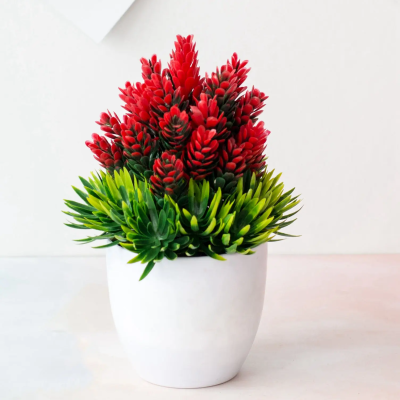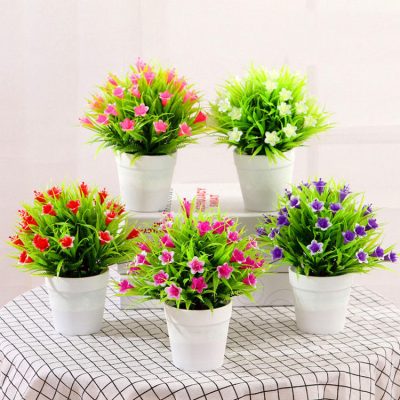Using plastic pots in gardening comes with several advantages and disadvantages. Here are the pros and cons to consider:
Pros of Using Plastic Pots:
- Affordability: Plastic pots are generally more affordable compared to other types of containers, such as ceramic or terracotta pots. They offer a cost-effective option, especially when you need multiple containers for your garden.
- Lightweight: Plastic pots are lightweight, making them easy to move around, especially for larger or heavier plants. This is particularly beneficial if you like to rearrange your garden frequently or if you have limited physical strength.
- Durability: Plastic pots are highly durable and resistant to cracks and breaks. They can withstand outdoor conditions, including rain, wind, and varying temperatures, without deteriorating quickly. Plastic pots are a long-lasting option that can be reused for multiple growing seasons.
- Moisture Retention: Plastic pots tend to retain moisture better than porous materials like terracotta. This can be advantageous in hot and dry climates or for plants that require consistent soil moisture.
- Versatility: Plastic pots come in a wide range of sizes, shapes, and colors, offering versatility in design and accommodating different plant types and sizes. You can find plastic pots suitable for indoor and outdoor gardening, hanging baskets, window boxes, and more.
- Root Protection: Plastic pots provide insulation against extreme temperatures, protecting plant roots from heat or cold. They can also prevent the roots from being damaged by surrounding elements like rocks or tree roots.
Cons of Using Plastic Pots:
- Drainage: Some plastic pots may have limited or inadequate drainage. Without proper drainage holes, excess water can accumulate in the soil, leading to root rot and plant health issues. It’s essential to ensure proper drainage by adding drainage holes or selecting pots with sufficient drainage.
- Breathability: Plastic pots are non-porous, which means they do not allow for air exchange between the soil and the surrounding environment. This can hinder root respiration and lead to waterlogged soil or increased humidity levels, potentially causing fungal diseases or root rot.
- Heat Retention: In hot climates or direct sunlight, plastic pots can retain and transfer heat to the root system, potentially causing overheating and damage to sensitive plants. Light-colored or insulated plastic pots can help mitigate this issue.
- Environmental Impact: Plastic pots have an environmental impact, as they are made from non-renewable resources and can contribute to plastic waste if not properly recycled or reused. Opting for recycled or biodegradable plastic pots can be a more sustainable choice.
- Aesthetics: While plastic pots offer versatility in design, some gardeners may find them less visually appealing compared to natural materials like clay or ceramic pots. However, this is a matter of personal preference.
It’s important to consider these pros and cons when deciding whether to use plastic pots in your gardening endeavors. Assess your specific needs, plant requirements, and environmental considerations to make an informed choice that aligns with your gardening goals.








